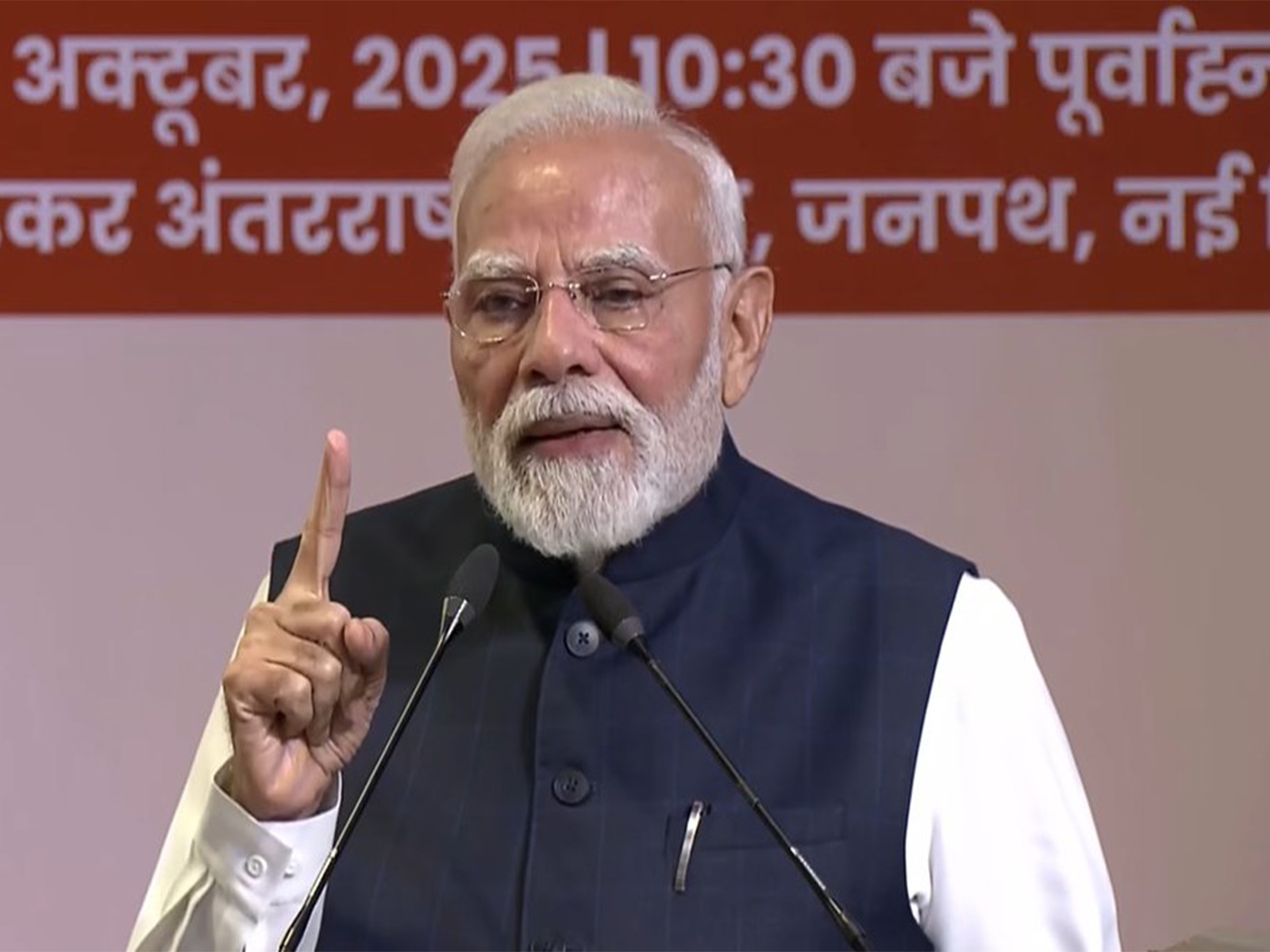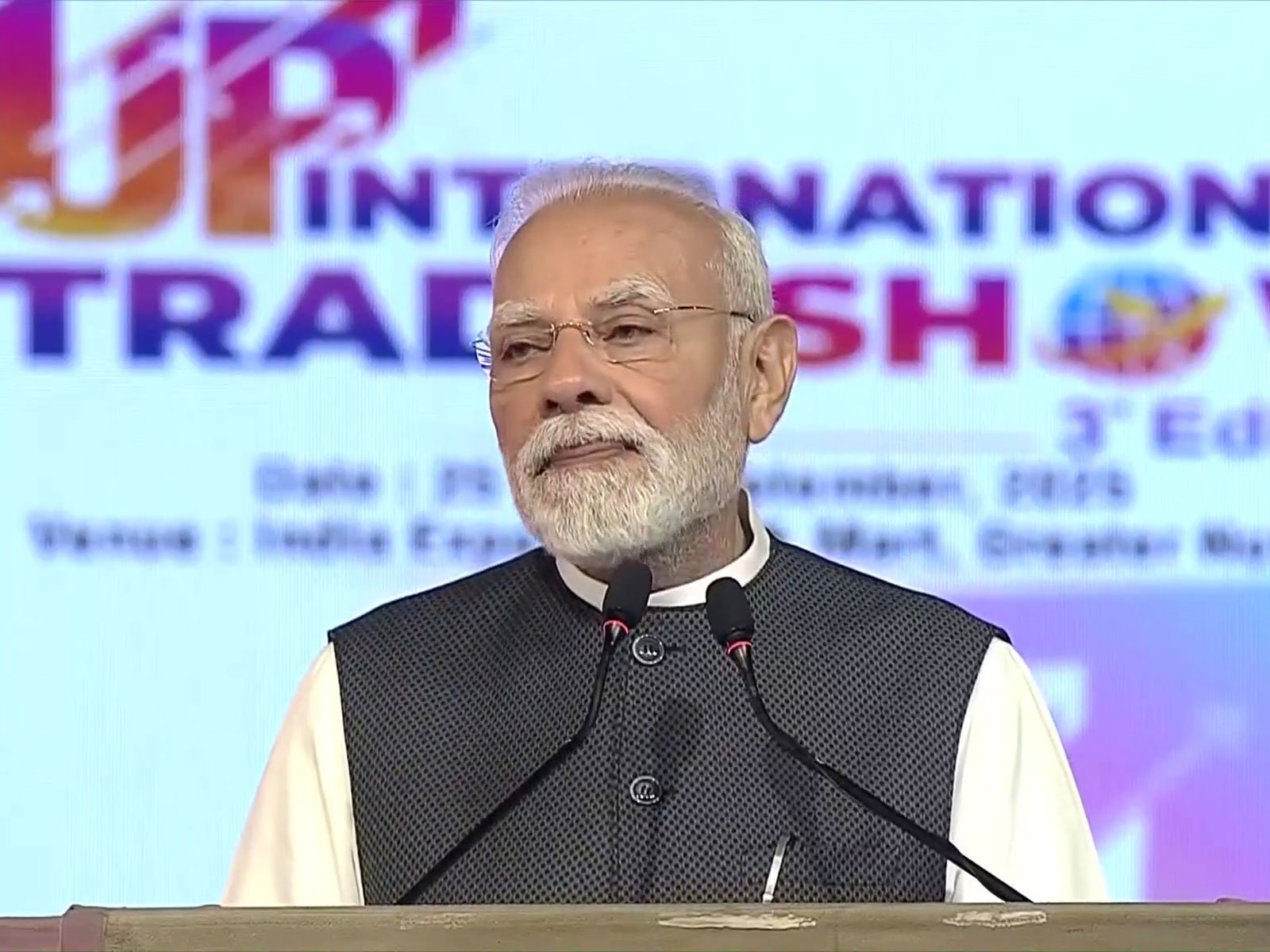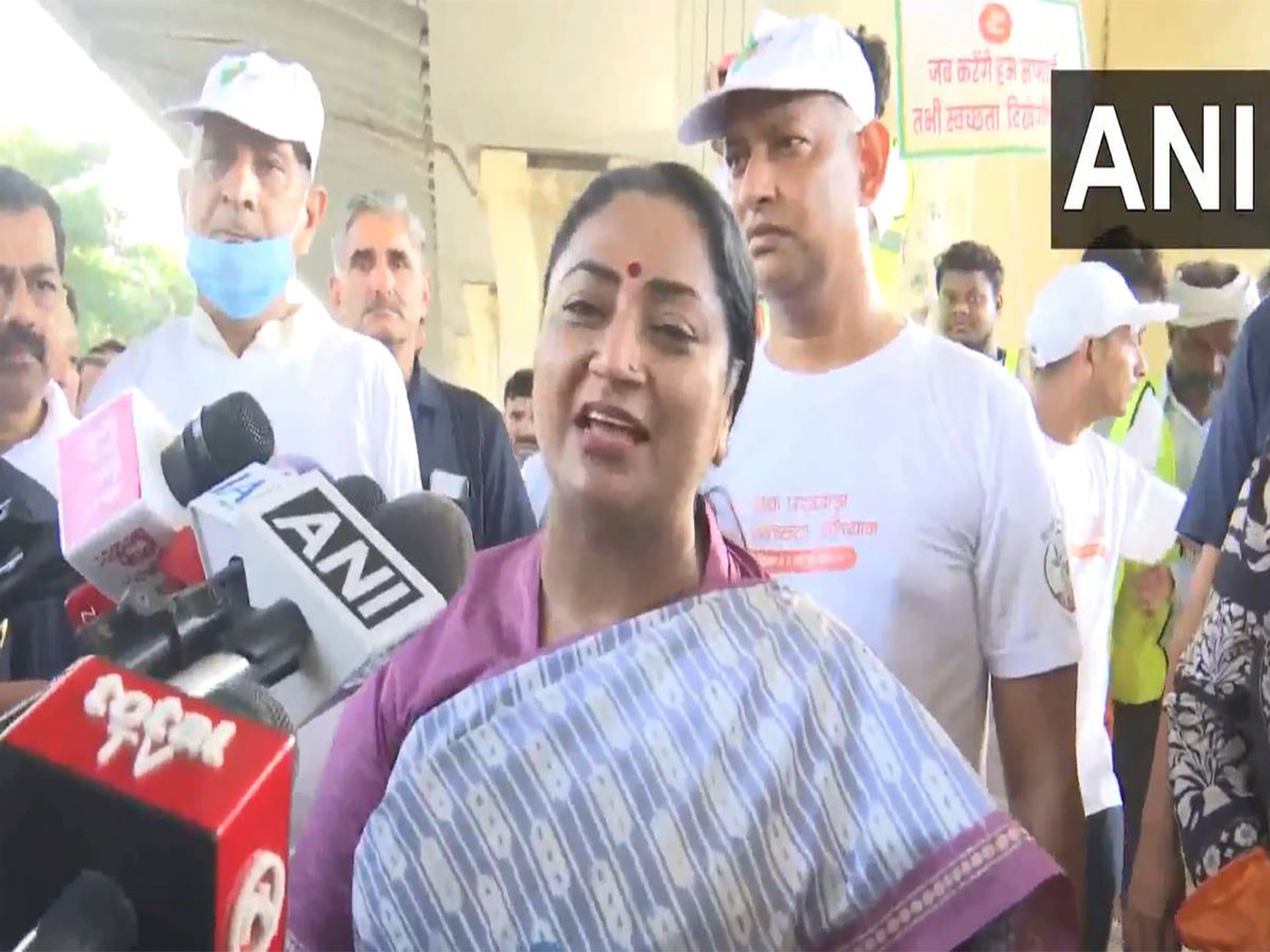Manipur now has a bill to regulate migrants. Why is it still burning?

The fire
- Just out of a 2-month-long agitation, Manipur is again burning
- 7 people have died and houses of 5 MLAs and an MP have been attacked
- The stir is centered in Kuki-Chin-Mizo areas bordering Myanmar
The spark
- Manipuris have been agitating for a system to regulate migrant influx
- The state has brought three bills to address the issue
- Kuki-Chin people say the bills don\'t provide enough safeguards
- Point of contention: 1951 as the cut-off for identifying non-Manipuri settlers
Manipur is up in flames, again. The Kuki-Chin people are protesting legislations aimed at protecting the state's original settlers.
Seven people have died in the violence so far, including three who were killed in police firing when the protestors attacked the Churachandpur police station on 1 September.
The protestors have attacked the houses of five MLAs from Churachandpur district as well as MP Thangso Baite and burnt dozens of vehicles.
This follows a two-month long agitation for introduction of the Inner Line Permit System or a similar law to regulate the influx of migrants.
It was this agitation that compelled the state to draft three bills whose passage has now brought people out on the streets.
The bills are The Protection of Manipur People Bill, The Manipur Land Revenue & Land Reforms (7th Amendment) Bill, and The Manipur Shops and Establishments (2nd Amendment) Bill.

Protestors gather amid violence in Manipur's Churachandpur district. Photo: AFP/STR
A security net
It wasn't easy for the Congress government of Okram Ibobi Singh to bring these legislations, especially given that the BJP is ruling at the Centre.
It apparently felt regulating the entry of non-Manipuri Indians or restricting their land ownership may fall foul of the Constitution, and give New Delhi an excuse to impose President's Rule in the state.
It was eventually convinced by the argument that the state has to ensure safeguards to preserve the identity of the original Manipuris, not unlike the constitutional safeguards afforded the Scheduled Castes and the Scheduled Tribes.
7 people have died in the violence and protestors have attacked the houses of five MLAs and MP Thangso BaiteOne sticking point remained through: the cut-off year for identifying non-Manipuri settlers.
The Protection of Manipur People Bill, 2015 defines the Manipuris as "persons "whose names are in the National Register of Citizens, 1951, the Census Report of 1951, Village Directory of 1951 and their descendants who have contributed to the collective social, cultural and economic life of Manipur".
Lingering fears
This decision to set 1951 as the cut-off year is what has fuelled the latest unrest, though the protesters aren't vocal about it.
Their stated objection is the alleged dilution of the tribals' right to their ancestral lands through the amendment of the Manipur Land Revenue & Land Reforms Act, 1960. But this doesn't hold water.
The 7th amendment certainly doesn't infringe on tribal rights to ancestral lands. The bill clearly states that it's "necessary to regulate the sale of land to non-Manipur persons so that the limited land in the valley area is available to all permanent residents of the state in the interest of the general public".
The land belonging to STs is protected and even Manipuris from the valley are not allowed to buy land or settle in hill areas. The 1960 Act mandates that ST land in the valley can't be sold to a non-ST person without the prior consent of the district's deputy commissioner.
Anti-migrant agitation in Manipur isn't directed against Bangladeshis or Nepalis, but tribals from Myanmar
The real point of contention, therefore, is the 1951 cut-off. Indeed, it explains why the protests are centered in the Kuki-Chin dominated areas, particularly Churachandpur district, which adjoins Myanmar's Chin Hills.
In Manipur, as in much of Northeast India, the debate on migration in focused mainly on the influx of Bangladeshi Muslims, Nepalis and people from Bihar. The Bangladeshis dominate electoral politics in Jiribam, adjoining Assam's Barak Valley. Manipur has even had a Nepali MLA from Kangpokpi in the Senapati district's Kuki-dominated Sadar Hills.
The 1951 cut-off keeps most such migrants out of the 'original Manipuri' category.
However, Churachandpur, which is home to several tribes of the Kuki-Chin-Mizo group, has seen an influx of migrants with close affinity to the original tribes from Myanmar over the past few decades.
These migrants have effected a demographic imbalance by dissolving into the community of fellow settlers who had arrived before the cut-off year, not unlike many Bangladeshis in Assam.
The newcomers have overwhelmed the original population, fuelling a violent backlash now.
And it's nowhere near over.
Edited by Mehraj D Lone
First published: 3 September 2015, 11:17 IST




![BJP's Kapil Mishra recreates Shankar Mahadevan’s ‘Breathless’ song to highlight Delhi pollution [WATCH] BJP's Kapil Mishra recreates Shankar Mahadevan’s ‘Breathless’ song to highlight Delhi pollution [WATCH]](https://images.catchnews.com/upload/2022/11/03/kapil-mishra_240884_300x172.png)

![Anupam Kher shares pictures of his toned body on 67th birthday [MUST SEE] Anupam Kher shares pictures of his toned body on 67th birthday [MUST SEE]](https://images.catchnews.com/upload/2022/03/07/Anupam_kher_231145_300x172.jpg)






